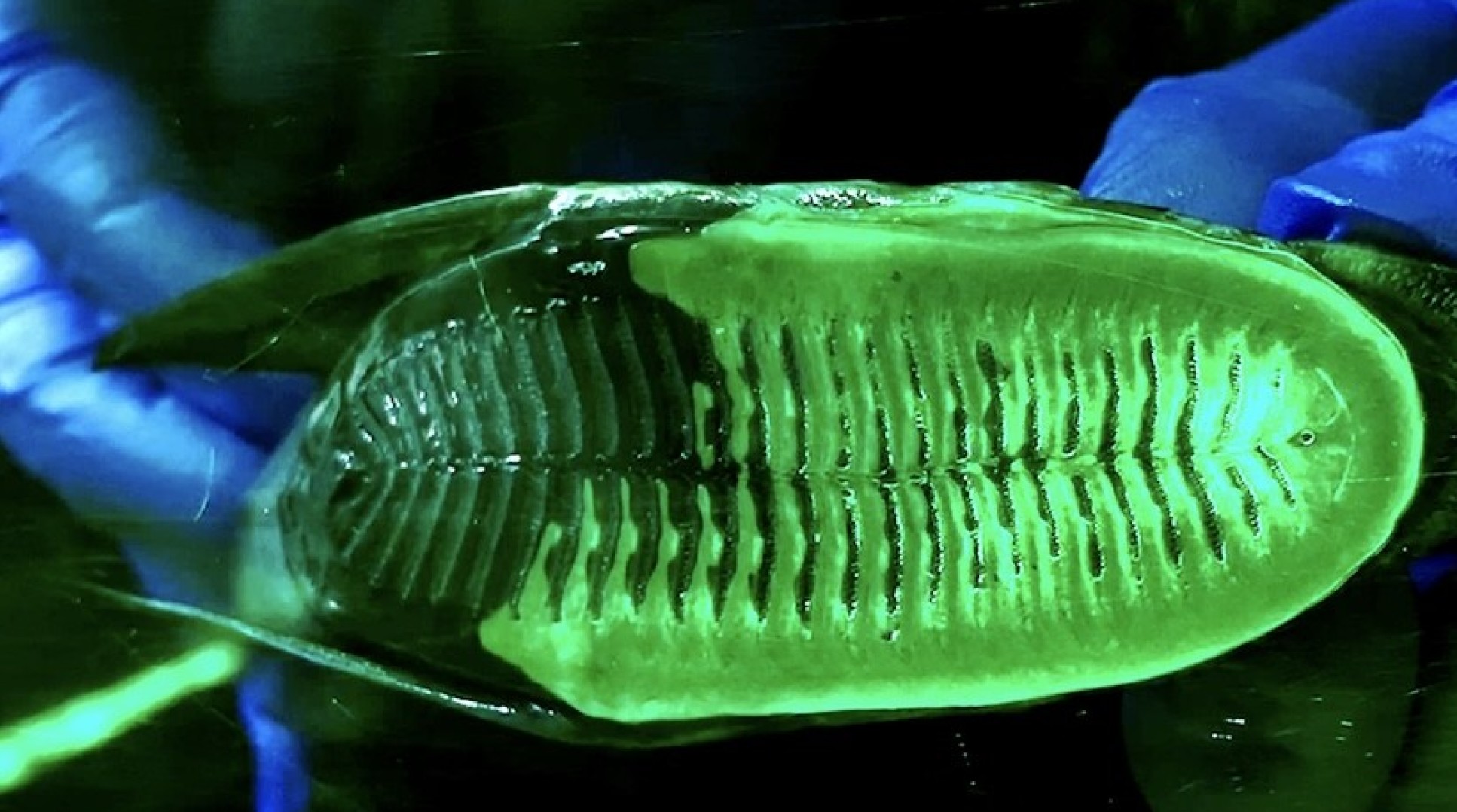New drone design reduces power consumption via hitchhiking and operates between air and water.
The research team, including aerial robotics experts from Imperial College London, have developed a new drone that features battery-saving capabilities of attaching to a wide-range of wet and dry surfaces, of varied texture and shape. The drone can also self-adapt to cross between air and water, allowing the drone to dive from the air and then swim in water.
The ability for the drone to ‘rest’ as it hitchhikes reduces power consumption, giving scope for longer aerial and underwater observations. The new drone technology, is led by Professor Li Wen and is a result of a collaboration between Beihang University and the Imperial College London and Empa partnership.
Fish-inspired rest mode
Extensive drone operations, which can include, continuous flight and underwater propulsion, consume huge amounts of power. Untethered robots can often not complete such missions because they have no backup external power source should their batteries fail.
To address this constraint of power, the researchers built a ‘rest mode’ for the drone enabled by a bio-inspired adhesive disc which gives means for the robot attach to a vast range of wet and dry surfaces of varied textures and motions. Attachment provides an opportunity to reduce power consumption whilst remaining on location. The ‘rest mode’ can also be disabled, returning the robot to normal battery power for movement.
The research, which is published today in Science Robotics, included Professor Mirko Kovac, Director of the Aerial Robotics Laboratory and Dr Pham Nguyen, Centre for Infrastructure Robotics Ecosystems Postdoctoral Fellow – both in the Department of Aeronautics.
The inspiration for this hitchhiking technology is taken from remora fish – a species known for their adhesive disc that lets them catch a ride on marine creatures like whales and sharks.
Remora, known more commonly as suckerfish, have also been noted to retain firm attachment out of water, such as on dolphins as they spin in the air.

After investigating the natural remora disc, the team designed and 3D printed a prototype with similar morphological features to that found on fish. The fabricated design was tested on a variety of surfaces for attachment and detachment. The system features one of the first robotic systems capable of successfully attaching on difficult terrain in both underwater and on land.
Professor Kovac said: “This paper shows how we can take inspiration from the adhesion mechanism of remora fish and combine it with aerial robotics systems to achieve new methods of drone flight.”
Through outdoor trials, the team confirmed the robot’s ability to hitchhike, record video during air-water transitions and operate in both fresh and saltwater environments. Through these various tests the hitchhiking apparatus was observed to be powerful, reversible and robust.
In a proof-of-concept study, the drone attached to a swimming vehicle and was transported to a site to take photos of sea life using the inbuilt camera. Power consumption, using the hitchhiking feature, was 19 times less than it would have been for the same operation via self-propulsion. This could have major implications for the future of adaptable drone flight.
Unique propeller design
The capacity to cross the air-water boundary is advantageous for long-term aerial and underwater observation, missions that require both air and water mediums, and marine life surveys. The new drone provides the versatility needed to transit across mediums in a stable, rapid and consecutive manner.
The unique propeller design allows the drone to switch from an underwater vehicle to an aerial one in 0.35 seconds – faster than any other aerial-aquatic robot. To do this, the passively morphing propeller unfold in the air and fold when underwater.
The speedy transition qualifies requirements often needed in activities such as disaster first-response, coastal patrols, iceberg detection and marine biological research.
In highlighting the novel adhesive disc, Dr Nguyen said: “The morphologically adaptive adhesion method can adapt to the curvature of surfaces as well as surface textures, whether these are wet, dry, coarse, or damaged. This is not possible with any traditional suction cup adhesion methods.
“By being able to operate and hitchhike on land and in water, the project pushes forward the technology of aerial robots that can perform multi-functions in multi-environments.”
Next researchers will look to develop fully autonomous versions of similar robots that can be deployed in outdoor environments to perform environmental sensing and industrial inspections tasks.
A key area of focus will be metamorphic drones that can shape-shift to transition between air and water in an energy efficient manner. This future work will be partially supported by Professor Kovac’s ERC Consolidator Grant.
‘Aerial-aquatic robots capable of crossing the air-water boundary and hitchhiking on surfaces’ by Lei Li et al. is published in Science Robotics.
